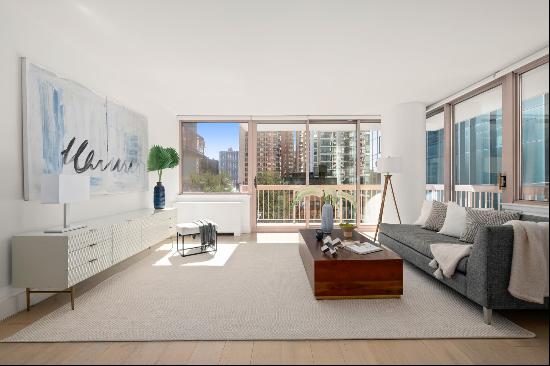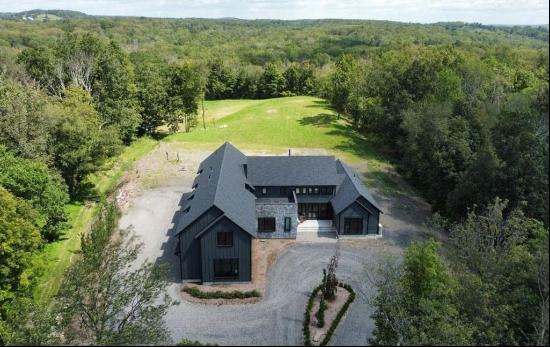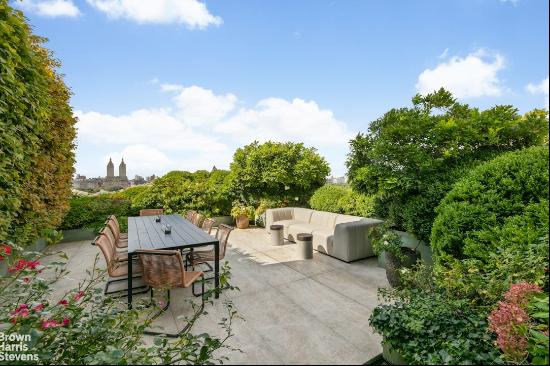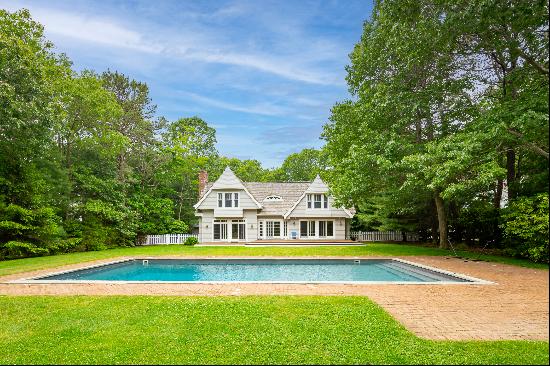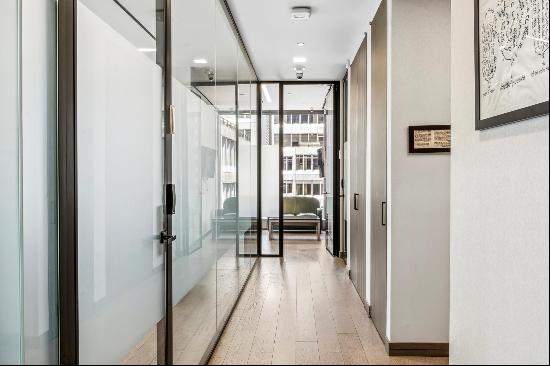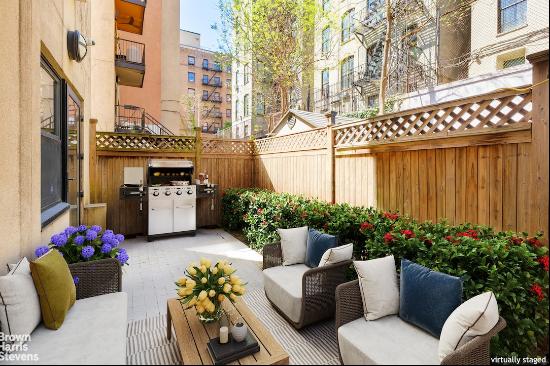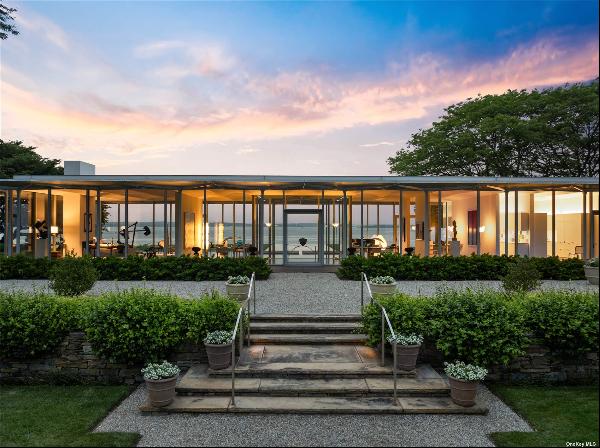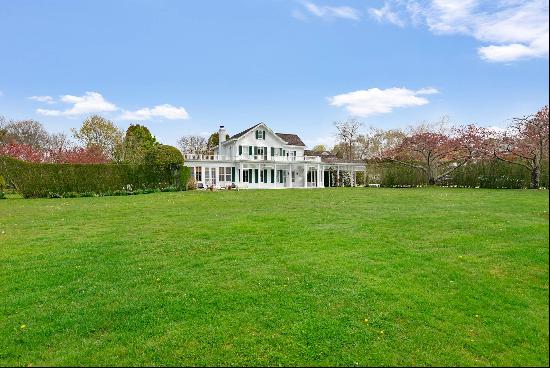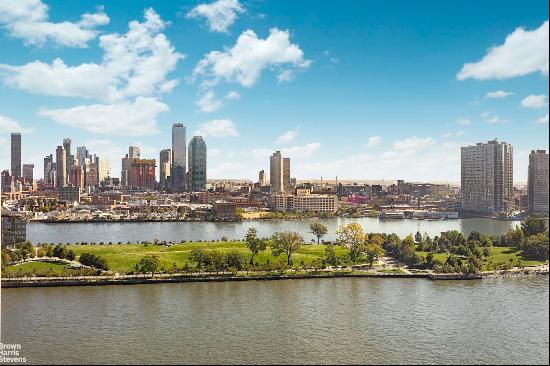
By Edwin Heathcote
Art Deco is a century old. It might only have been named after the Exposition Internationale des Arts Décoratifs et Industriels Modernes, held in Paris in 1925, but its antecedents had gained a foothold years before that exhibition in cities including, but not limited to, Glasgow, Vienna, Budapest, Los Angeles and London.
Unlike most styles, Art Deco has never gone away. It underwent a streamline revisionism in the 1940s, a blocky reinterpretation in the 1950s, a revival in the 60s and 70s, a reappearance during the postmodernism of the 80s and 90s, and is now enjoying a retro chic revivalism.
The skyline of New York is bristling with Neo Deco towers with stepped profiles, hints of cocktail shakers and ziggurats. Every time it looks like the extruded glass box or the self-consciously contemporary “icon” is about to take centre stage, Deco returns in some form to show who is in charge.

What is the reason for this resilience? For the recurring crowns and stepped profiles of the tallest towers?
I suppose it is because no building type is as synonymous with a particular era as the skyscraper. Tall buildings may have sprung from the late 19th century but they are most associated with New York in the late 1920s and early 30s, when the skyline was an architectural catwalk for ever taller and more slender models of towers.
The density and intensity of Manhattan meant that the skyline became an almost geological affair, a topographical formation of peaks, and, to maintain an identity amid that mass of rock and steel, towers had to be both robust and finessed, with a distinctive crown, an elongated shaft and a solid base to anchor them into the street grid (from which they perfectly, geometrically extruded).

The Chrysler Building and the Empire State Building are the best known examples but they are not alone. The Rockefeller Center, with its family of towers, the blocky 60 Hudson Street (previously known as the Western Union Building) and Walker Tower all exemplify Art Deco with their stepped profiles, developed in response to metropolitan requirements that towers incorporate setbacks to allow light to reach the pavements. The language is laid out in the original dictionary of the Deco block, Hugh Ferriss’ 1929 book The Metropolis of Tomorrow.
Some of those towers, the Walker for instance (a one-time telecoms structure), the exquisite One Wall Street and the Waldorf Astoria, have undergone, or are undergoing, conversion to residential, anchoring the Deco archetype in the realm of real estate. But other, newer buildings are either pastiching Art Deco, “taking inspiration” from it, or lifting little details to enliven other conventional towers and blocks.

Even the most seemingly contemporary of structures such as SHoP Architects’ 111 West 57th Street, a super-skinny skyscraper using the most modern technology, pays homage with its stepped crown. Look at the bronze door handles in the apartments (interiors designed by William Sofield) and you will see the form translated into a miniaturised Deco sculpture.

One architect in particular has been responsible for the continuing presence of Neo Deco on the upmarket skyline: Robert A M Stern. Stern moved seamlessly, but in a slightly tautological manner, from postmodernism to pre-modernism, building a practice based on the architecture of the late 19th to the early 20th century, a blend of gothic, Deco and Beaux Arts, the styles that laid the foundations of the modern US metropolis.
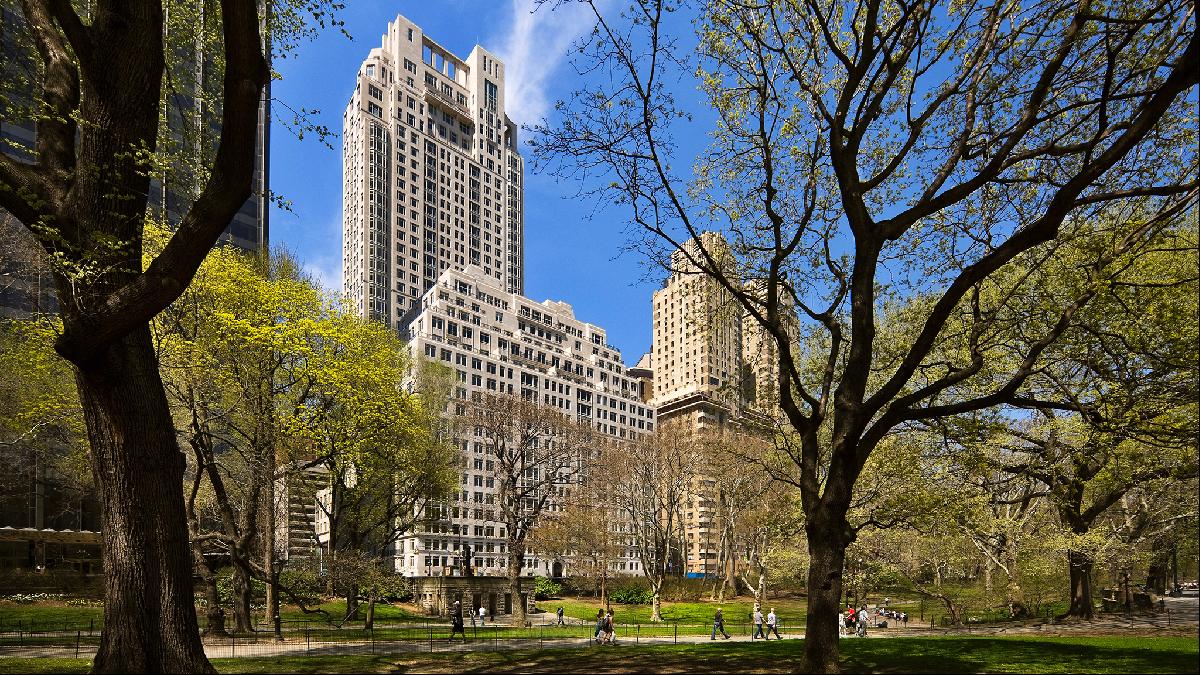
Stern does what architects a century ago took for granted: using a particular style geared to a particular context. So when he does residential in New York or Chicago, he tends to go the full Deco. From the huge stepped mass of 15 Central Park West to the Deco-capped skinny-scraper of 520 Park Avenue and the squat, riverside bulk of 70 Vestry, Stern has studied and reinterpreted Manhattan’s Art Deco legacy.

There is some snootiness about what critics and architects might regard as pastiche but it seems to me a pretty defunct argument. The stepped-top skyscraper — with its massing that recedes as it rises — is a typology developed specifically for the downtowns of early 20th century US cities, an attempt to address the problem of allowing light to reach the pavements and avoid a canyon effect. But it was also about creating a skyline that appeared as a coherent mass when approaching the city by water.
And it worked. Why not carry on? It certainly seems popular with developers and buyers — and not only in New York. One Bennett Park in Chicago is designed in a similar vein and One St Thomas Residences took it to Toronto.
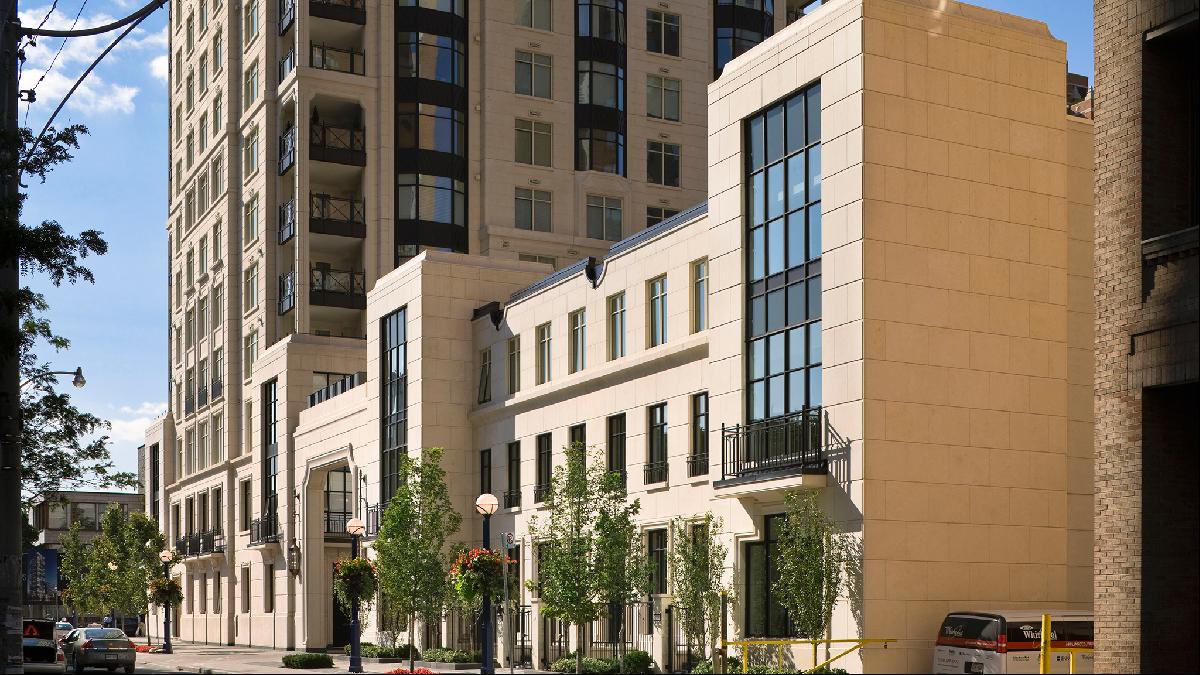
The interesting thing about the tenacious survival of Art Deco is that it became synonymous with a particular type (the urban tower) in a way that few other styles cleaved to particular kinds of building. Few architects have designed towers since that have had anything like the influence of those early structures, the Chrysler and the Empire State.
Even those most reproduced and tallest towers, the Burj Khalifa in Dubai or the Petronas Towers in Kuala Lumpur, owe almost everything to Deco in their massing, their very logic of a stepped, receding and distinctive profile. So ingrained are they in the imagination that even when production designers and artists attempt to conceive future or other worldly worlds for movies or games — Star Wars, Batman, Blade Runner or Black Panther — they cannot help but return to the 1930s stylings that have become enmeshed in our imaginations with the metropolis and the skyline.

Few, if any, of these more recent buildings are masterpieces in their own right; they cannot seem to match the daring, detail or finesse of the first wave. But Deco has survived on our cities’ skylines and in our subconscious for a century, and it is not going away anytime soon.
Looking for a home in New York? Search on FT Property Listings. A three-bedroom penthouse occupying the northern half of the 41st floor of Stern's 15 Central Park West is on the market for $48m.
Photographs: Getty Images; Dreamstime; Evan Joseph; Peter Aaron/Otto



